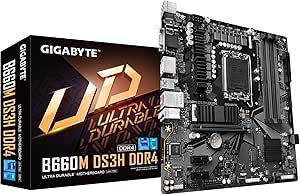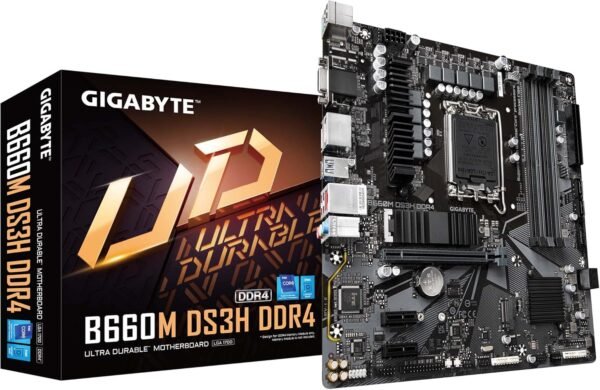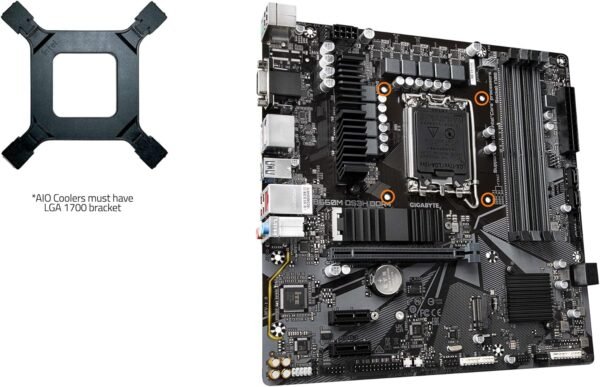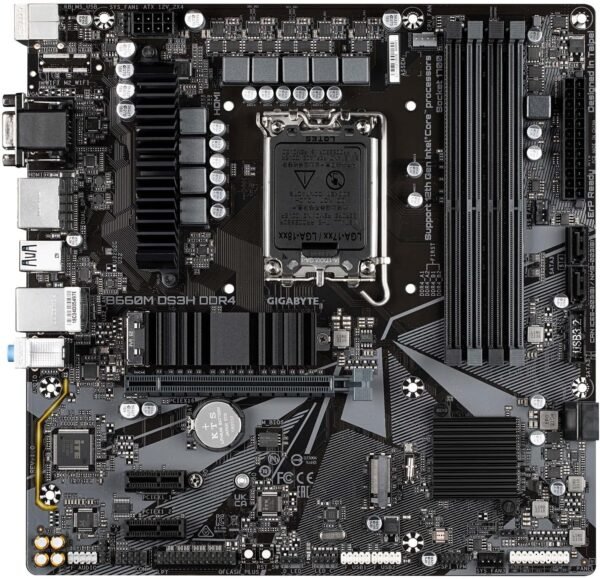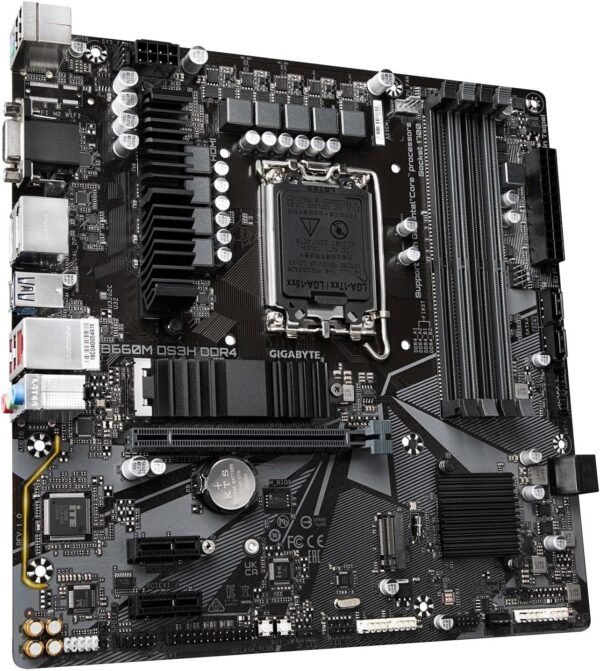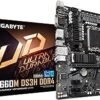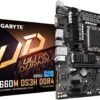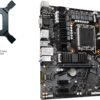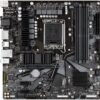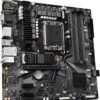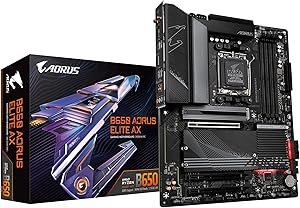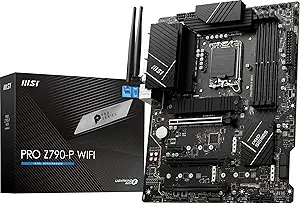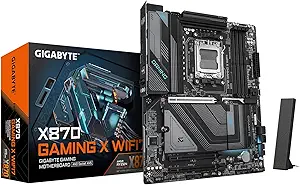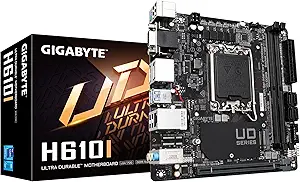GIGABYTE B660M DS3H DDR4 motherboard review exploring performance, features, and connectivity options
GIGABYTE B660M DS3H DDR4 motherboard review exploring performance, features, and connectivity options
- The build quality feels remarkably durable, with a solid design that instills confidence in longevity.
- Thermal management stands out, ensuring components remain cool even under heavy usage.
- The audio clarity impresses, delivering a crisp and immersive sound experience.
- Connectivity options are diverse, making it easy to integrate multiple devices seamlessly.
- Setup is straightforward, even for those without extensive technical knowledge.
As an Amazon Associate I earn from qualifying purchases.
Description
Sturdy and Reliable Design
The GIGABYTE B660M DS3H DDR4 motherboard surprised me with its solid construction and thoughtful design. Built for 12th Gen Intel Core processors, it features the Intel LGA 1700 socket, which ensures compatibility with cutting-edge CPUs. I immediately noticed the 6+2+1 Phases Hybrid Power Design, which provides stable power delivery, especially during heavy loads. The premium chokes and capacitors add an extra layer of reliability, making it feel like a motherboard built to last.
One of the standout design features is the Micro-ATX form factor, which is compact yet doesn’t compromise on functionality. It fits snugly into my case, leaving enough room for airflow and cable management. The 8-pin solid pin CPU power connector further reinforces confidence during assembly; it feels secure and ensures reliable power delivery. While assembling, I appreciated the M.2 Thermal Guard, which is a thoughtful addition to keep the M.2 SSDs cool under pressure.
Comprehensive Connectivity Options
For someone like me who juggles multiple devices, the wide range of next-gen connectivity options is a highlight. The PCIe 4.0 slots support faster GPUs and storage drives, ensuring lightning-speed data transfer. I tested the dual NVMe PCIe 4.0 x4 M.2 slots, and the performance was nothing short of impressive. Whether gaming or rendering videos, the responsiveness felt seamless.
The inclusion of USB 3.2 Gen2 Type-C is a game-changer for modern peripherals. Plugging in my external SSD was quick and hassle-free, and I noticed how much faster it was compared to older USB standards. Additionally, the 2.5GbE LAN port provided blazing-fast internet connectivity, which is a boon for gamers and streamers alike.
Dynamic Audio Experience
Audio quality is often overlooked in motherboards, but this one doesn’t disappoint. The high-end audio capacitors and Audio Noise Guard deliver clean and immersive sound. Using my studio-grade headphones, I could hear every detail while gaming, from enemy footsteps to ambient sounds. Even during music playback, the audio output felt richer compared to my previous setup.
Upsides
Several key benefits of this motherboard make it stand out:
- Supports multiple DDR4 DIMMs, offering up to 128GB of memory for smooth multitasking.
- RGB Fusion 2.0 compatibility, which allows for customizable lighting with addressable LED and RGB LED strips.
- Smart Fan 6 technology, offering advanced cooling solutions with multiple temperature sensors and fan headers.
- Q-Flash Plus enables BIOS updates without installing CPU, memory, or GPU, which simplifies maintenance.
These features make the motherboard versatile and user-friendly for beginners and enthusiasts alike.
Potential Caveats
Of course, no product is perfect, and there are some areas for improvement with this motherboard:
- The lack of Wi-Fi connectivity might be a drawback for users who rely on wireless networks.
- While the Micro-ATX form factor is compact, it offers fewer PCIe slots compared to larger motherboards.
- The aesthetics are functional but not particularly eye-catching unless paired with RGB components.
These points might not matter to everyone, but they’re worth keeping in mind depending on your setup and requirements.
Competitive Options
Comparing this motherboard to others in its class, such as the ASUS PRIME B660M-A and MSI PRO B660M-A DDR4, provides some interesting insights. While the ASUS board offers an equally solid build, I found the GIGABYTE’s M.2 Thermal Guard and Q-Flash Plus feature more user-friendly. On the other hand, MSI provides built-in Wi-Fi on some models, which is missing here.
What sets this product apart is the 2.5GbE LAN, which delivers faster wired internet speeds compared to competitors offering only 1GbE LAN. Additionally, the audio enhancements and RGB Fusion 2.0 make it a better choice for gamers looking for both performance and style. That said, if you prioritize wireless connectivity, MSI might be a better fit.
Value for Money
For its price point, this motherboard provides excellent cost efficiency. It strikes a balance between performance, features, and affordability. The inclusion of PCIe 4.0, dual M.2 slots, and USB 3.2 Gen2 Type-C ensures you’re future-proofed for the next few years. While some might argue for Wi-Fi inclusion, the value proposition here lies in its robust performance and reliable build quality.
Considering the competition, this motherboard feels like a smart spending choice for anyone building a mid-range to high-performance PC. Whether you’re a gamer, content creator, or someone upgrading their system, it ticks most of the boxes without breaking the bank.
